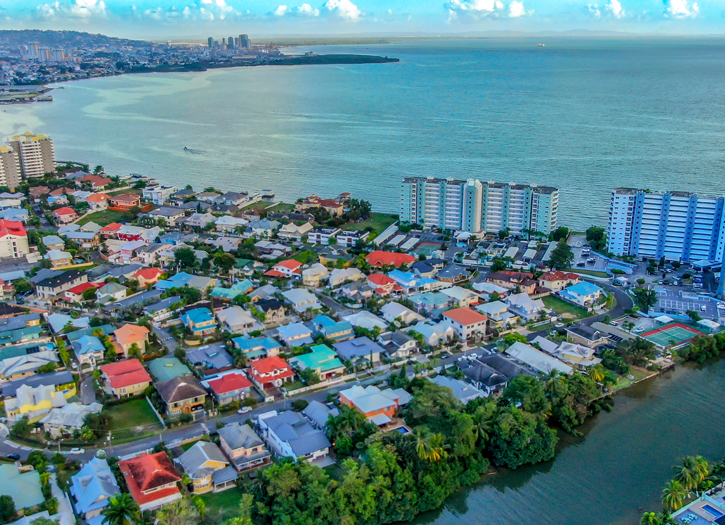The COVID-19 pandemic in Trinidad and Tobago is part of the ongoing global viral pandemic of coronavirus disease 2019 (COVID-19), which was confirmed to have reached the Republic of Trinidad and Tobago on 12 March 2020. The case fatality ratio for COVID-19 has been much lower than SARS of 2003, but the transmission has been significantly greater, with a significant total death toll.
On 21 March, 40 more cases were confirmed. Sixty-eight (68) nationals left for a 7-day cruise on the Caribbean sea on 5 March. After a suspected outbreak of COVID-19 on board, the Costa Favolosa was forced to anchor off the coast of Guadeloupe for several days. The nationals returned to Trinidad and Tobago on 17 March via a chartered flight from Guadeloupe. They were immediately screened and tested at Piarco International Airport and later taken to a quarantine facility. The nationals returned to Trinidad and Tobago on 17 March via a chartered flight from Guadeloupe. They were immediately screened and tested at Piarco International Airport and later taken to a quarantine facility. On 21 March it was confirmed that 40 of the 68 persons that were quarantined tested positive for COVID-19.
On April 3, National Security Minister Stuart Young said during a virtual press conference that provisions made under the public health ordinance on March 22 would be extended until 30 April 2020, preventing bars, betting houses, clubs and religious congregations from operating.On 5 April, Tobago recorded its first death, an elderly male with pre-existing conditions. By that date, the island had performed 74 tests of which three were positive. Overall the country had submitted 797 tests to CARPHA for testing, of which 104 were positive, resulting in seven deaths and one recovery.
On 21 April, it was announced that Trinidad and Tobago will start to ramp up testing. 4,000 test kits were received from China with another 10,000 to be expected in the coming two weeks and 10,000 from Pan American Health Organisation. Also, the first new case after seven days was announced bringing the total up to 115. On April 25, at a media conference hosted by Prime Minister Dr Keith Rowley, it was announced that the stay at home order would be extended to May 15. On May 29, after more than two months since schools were shut as part of virus mitigation measures the Ministry of Education announced the set dates for CXC exams and the reopening of the nation’s schools.
On June 6, the Prime Minister announced that on June 8, hairdressers, barbers, spas and domestic workers will be allowed to resume operations and that Public transportation will be allowed to operate at 75 per cent capacity. He also announced that on June 22, he public service rotation system will end and all employees will be asked to return to work on a full-time basis, all public transport will be allowed to operate at 100 per cent capacity, access to beaches and rivers will resume, bars, gyms, casinos, cinemas.
On July 31, the Prime Minister reduced the amount of people that can congregate, reducing the number from 25 to 10 due to the recent spike in cases. He announced that the government will also ask the public service to reduce the number of public servants who are out at one time by having them come to work alphabetically and rotate them by days for the next 14 days. Also, Muslims across Trinidad and Tobago celebrated Eid al-Adha.
Prime Minister Dr Keith Rowley has announced new restrictions that will last for at least 28 days as the country continues to face the rise in coronavirus cases. From August 17 the following restrictions will be in effect: all in-house dining in restaurants and bars will cease, including at food courts and malls. This will include the precincts of those establishments, take-away services, however, will be allowed to continue, beaches and rivers will close, all places of worship will be closed, all gyms will close, all contact sports will cease, waterparks will close, casinos and members clubs will remain closed, cinemas will be closed.







Add Comment